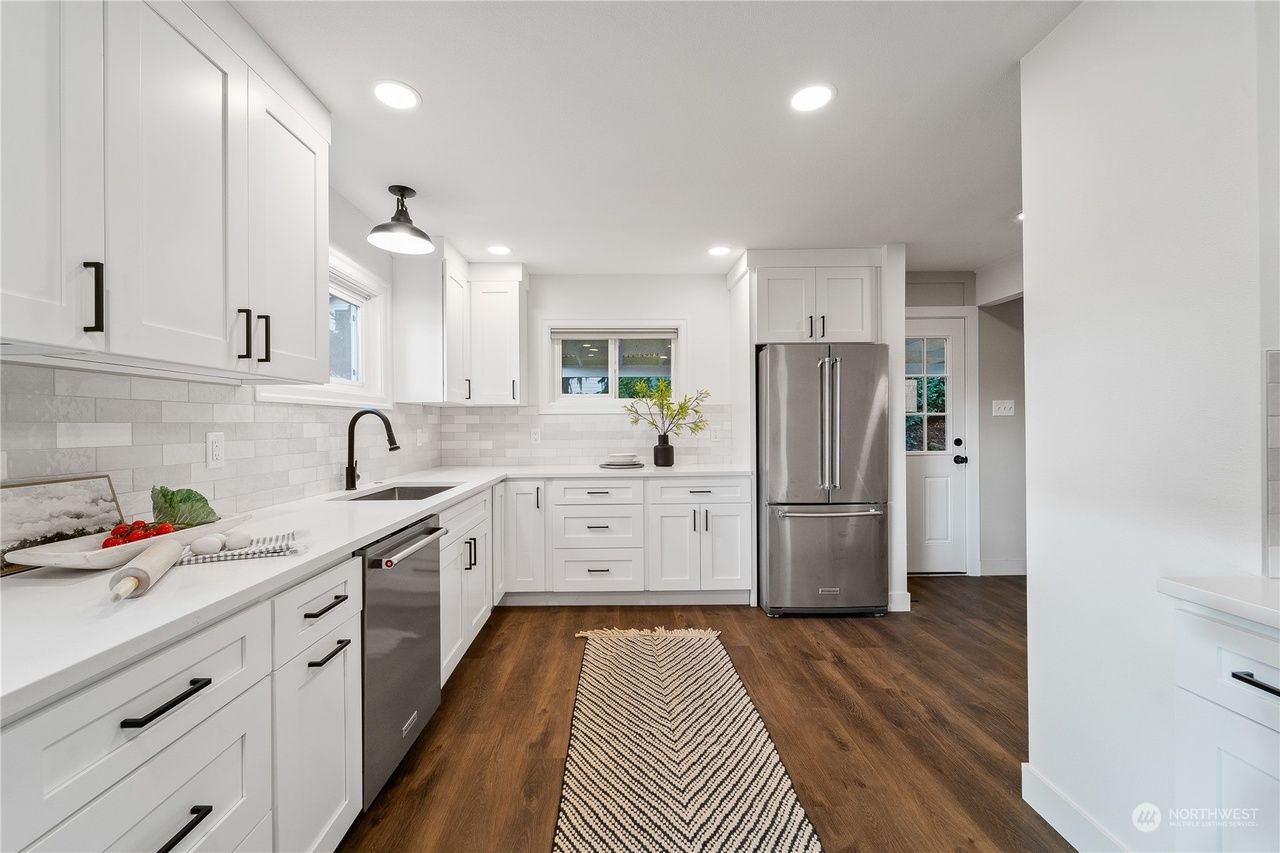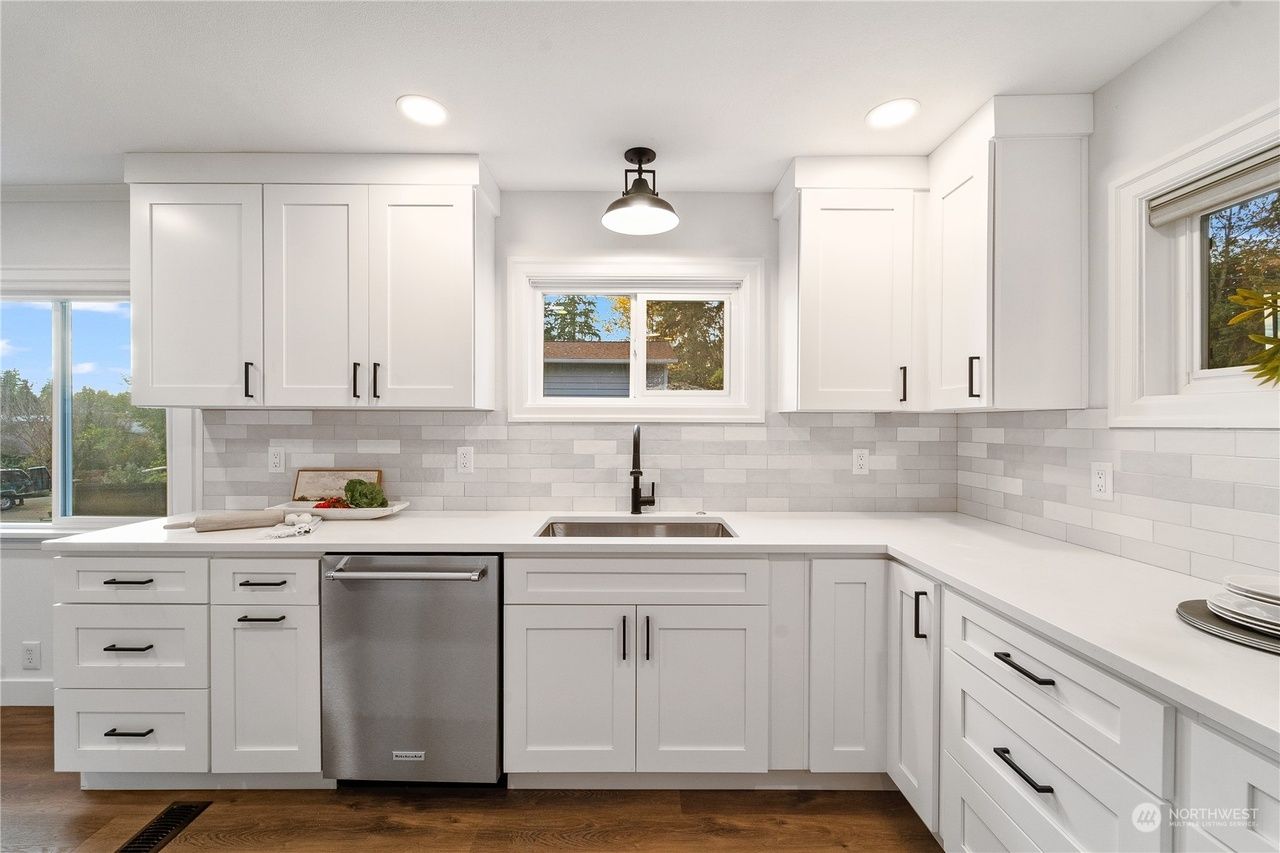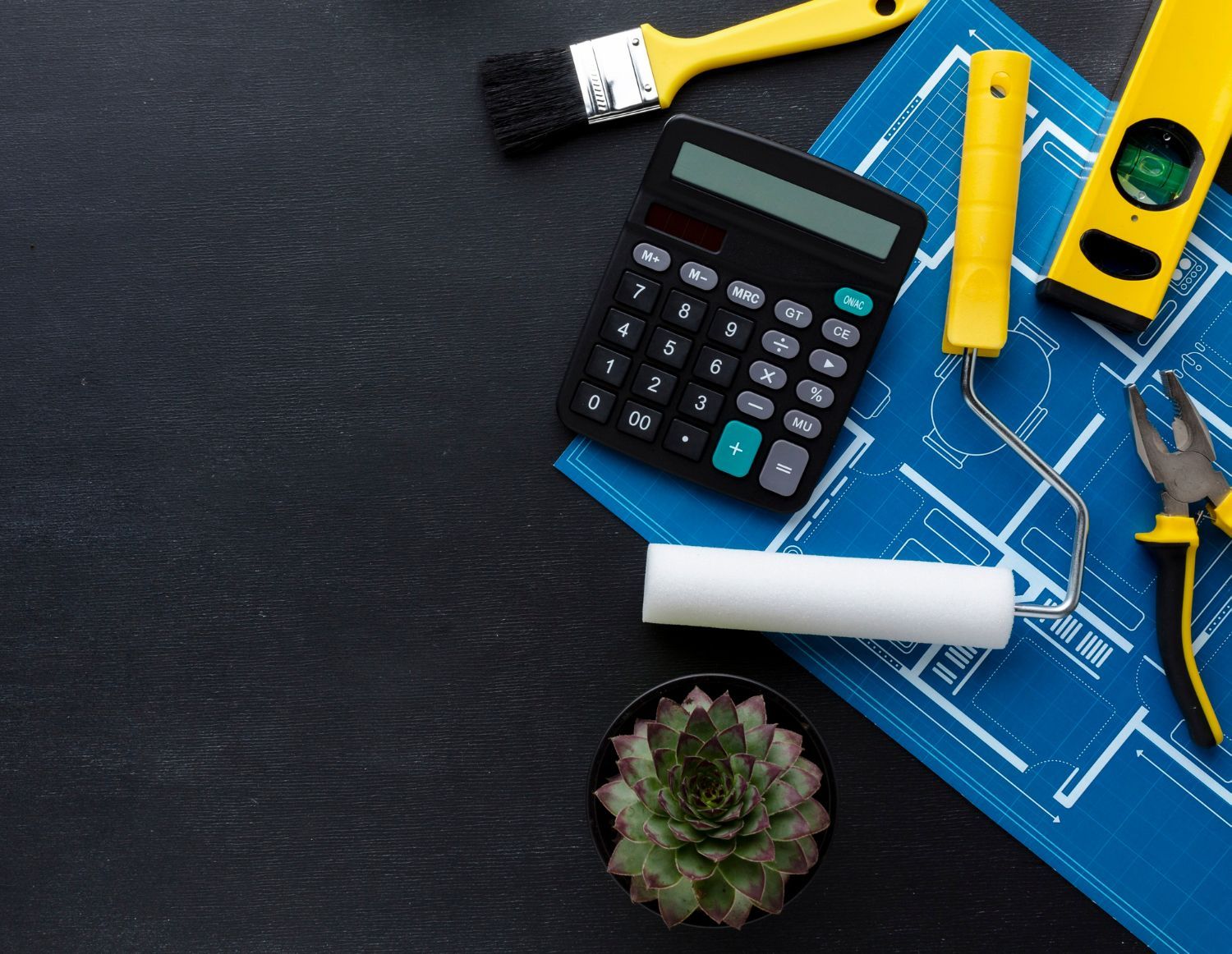Kitchen Remodel Mistakes to Avoid in Your Next Renovation Project
Introduction
Kitchen remodels are exciting, but they can also be overwhelming. Many homeowners start with inspiration boards full of trendy designs but forget that a kitchen is first and foremost a functional space. A poorly planned remodel can quickly become costly, time-consuming, and stressful.
That’s why it’s essential to understand the most common mistakes homeowners make during renovations and how to avoid them. Whether you’re considering a kitchen remodel Bellevue project or a complete overhaul in another city, the principles of planning and preparation remain the same.
The Growing Popularity of Kitchen Renovations
The kitchen has become the heart of the modern home. It’s not just where meals are prepared, it’s where families gather, guests are entertained, and daily routines begin and end. Because of this, remodeling the kitchen is often at the top of homeowners’ project lists.
However, demand for renovations means contractors are busier than ever. Scheduling ahead, especially if you’re considering larger projects like ADUs or DADUs, is critical. Planning ensures you have the right professionals, permits, and financing in place before construction begins.

The body content of your post goes here. To edit this text, click on it and delete this default text and start typing your own or paste your own from a different source.
Why Planning Ahead Is Critical
One of the biggest mistakes homeowners make is waiting until the last minute to plan. Permit approvals alone can take weeks or even months, depending on the scope of work. Contractor availability is another major factor. Skilled professionals book out months, sometimes years, in advance.
By starting early, you not only avoid delays but also lock in your project for your preferred timeline. You’ll have more flexibility to design your space, review materials, and secure financing without feeling rushed.
Mistake 1: Skipping the Permit Process
Some homeowners think small changes won’t require permits, but this assumption can backfire. Even if your remodel seems minor, many jurisdictions require permits for plumbing, electrical, or structural work. Failing to secure them can lead to fines, project delays, or complications when selling your home.
Mistake 2: Underestimating the Timeline
Many people assume a kitchen remodel will take only a few weeks. In reality, timelines vary based on complexity. A full remodel may take several months, particularly if permits or inspections are involved. Delays in material shipments, backordered appliances, or contractor schedules can stretch projects further.
Mistake 3: Ignoring Budget Flexibility
Budgeting is one of the trickiest parts of any remodel. A common mistake is allocating every dollar without leaving room for unexpected expenses. Hidden plumbing issues, electrical upgrades, or structural changes often surface during demolition. Setting aside at least 10–15% of your budget as a contingency is wise.
Mistake 4: Overlooking Workflow and Functionality
A beautiful kitchen isn’t useful if it doesn’t function properly. Many homeowners focus on aesthetics but forget about workflow. The “kitchen triangle” rule, placing the stove, sink, and refrigerator within easy reach, remains a timeless guideline. Ignoring it can make daily cooking inconvenient.
Mistake 5: Choosing Style Over Substance
Trendy designs look appealing in magazines, but not all are practical. High-maintenance countertops, delicate finishes, or oversized fixtures may not suit your household’s needs. Balance style with durability so your kitchen remains both attractive and functional over time.
Mistake 6: Not Considering Resale Value
Even if you’re not planning to sell soon, resale value matters. Overly personalised designs may not appeal to future buyers. A smart remodel blends your taste with timeless elements that boost property value.
Mistake 7: Hiring Without Research
Choosing the first available contractor is risky. Always review portfolios, ask for references, and check licensing. Experienced providers of kitchen remodeling services understand the complexities of permits, design, and local building codes.
Mistake 8: Forgetting About Storage
Ample storage is one of the most requested features in kitchen remodels. Yet many homeowners overlook it during planning. Cabinets that extend to the ceiling, deep drawers, and hidden organisers make kitchens more efficient.
Mistake 9: Overdoing DIY Projects
DIY enthusiasm is great, but certain tasks, like electrical wiring or plumbing, are best left to professionals. Attempting complex work yourself can lead to costly mistakes, safety hazards, and failed inspections.
Mistake 10: Not Planning for Future Needs
Your lifestyle today may not be the same in five years. Families grow, routines shift, and needs evolve. Designing with future flexibility in mind, such as space for larger appliances or accessible layouts, ensures your remodel serves you long-term.
Why Professional Guidance Matters

Remodeling is more than just picking cabinets and countertops. It’s about creating a space that aligns with your lifestyle, meets safety standards, and adds long-term value to your home. When handled correctly, a remodel blends design, functionality, and compliance into one seamless process.
Working with professionals makes this journey far easier. They don’t just build, they guide you step by step, ensuring no detail is overlooked. Their role often includes:
- Design consultation – helping you choose layouts, finishes, and materials that fit your needs and style.
- Permit and code compliance – making sure the project meets local building regulations to avoid delays or fines.
- Project management – coordinating timelines, contractors, and inspections so work stays on track.
- Quality assurance – ensuring installations, appliances, and finishes are durable and properly executed.
- Finishing touches – from lighting placement to storage solutions, professionals refine the details that elevate your kitchen.
By leaning on expert support, the remodeling process becomes less stressful and more enjoyable. Instead of worrying about overlooked details, you can focus on the excitement of seeing your new kitchen come to life.
How United Seattle Support Homeowners Step by Step
Our team specialises in guiding homeowners from concept to completion. We start with detailed consultations, create custom designs, assist with permits, and manage every stage of construction. From material selection to final walkthroughs, we prioritise your goals and timeline.
Whether you’re refreshing a small space or preparing for a large-scale remodel, planning ahead ensures your project unfolds with fewer surprises.
Conclusion
Avoiding mistakes during a remodel does more than save time and money, it reduces stress and ensures a smoother journey from start to finish. When homeowners rush into renovations without proper planning, small missteps can quickly snowball into delays, budget overruns, or design regrets. By approaching your project thoughtfully, you give yourself the advantage of staying in control rather than reacting to problems as they arise.
Working with experienced professionals adds another layer of security. Their expertise helps balance style with function, ensuring your kitchen not only looks beautiful but also works seamlessly for your daily routines. From permit approvals to layout design, professionals know how to navigate details that can overwhelm homeowners. This guidance makes the process less daunting and keeps your remodel on track.
A kitchen renovation is ultimately an investment in your future. It adds value to your home, improves daily living, and creates a welcoming space for family and friends. By planning ahead and focusing on both immediate needs and long-term adaptability, you’ll design a kitchen that grows with your lifestyle. Done right, it’s not just about updating today’s space; it’s about creating a lasting centerpiece for your home.
See Also: How Long Does a Kitchen Remodel Take? What to Expect During the Process
1. How long does a kitchen remodel typically take?
A remodel can take anywhere from six weeks for minor updates to several months for a full renovation. Delays with permits, inspections, or material availability can extend the timeline, so always plan with flexibility in mind.
2. How much should I budget for unexpected expenses?
Set aside at least 10–15% of your overall budget as a safety net. This cushion covers hidden plumbing, electrical upgrades, or structural surprises that often appear once work begins.
3. Do I always need permits for a remodel?
Yes, most projects that involve plumbing, electrical, or structural work require permits. Skipping them can result in fines, delays, or problems when selling your home later.
4. Can I live in my home during a remodel?
You can, but expect dust, noise, and limited kitchen access. Many homeowners set up a temporary cooking space or, if the disruption feels overwhelming, arrange short-term housing.
5. What’s the biggest mistake to avoid?
Not planning ahead. Early preparation secures permits, ensures contractor availability, and keeps your budget on track, saving time, money, and stress.
We Offer All the Services You Need in One Place! We Will Save You Time and Money!
Call Us at (425) 521-7916 Now to Get a Free Estimate or a Free Consultation for Any of Our Services!



